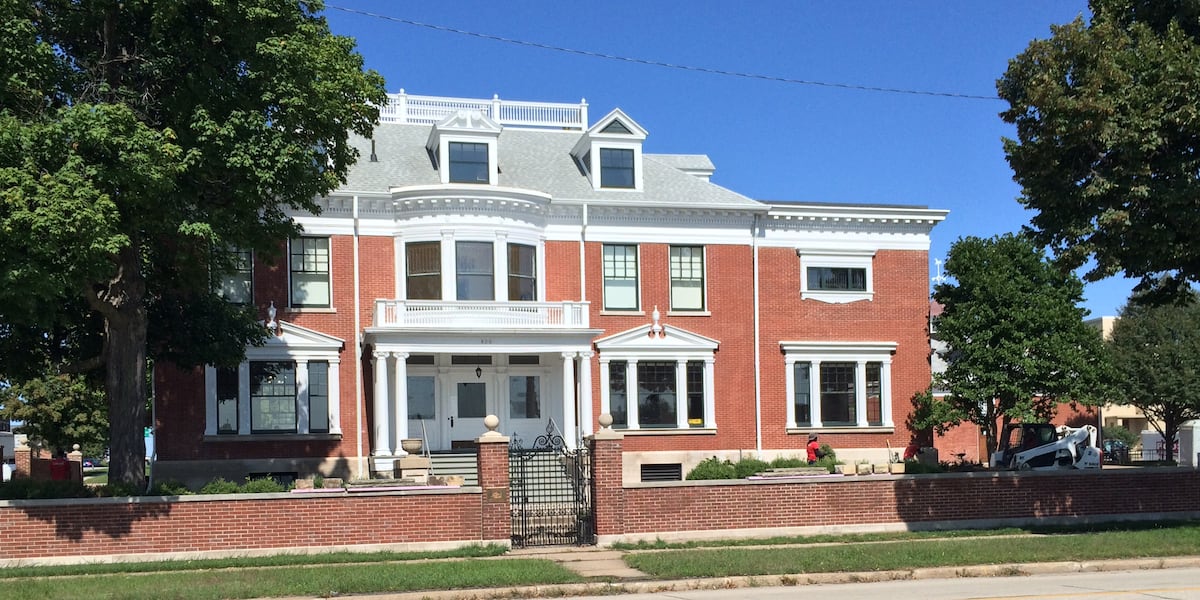T
he History Center in Cedar Rapids, Iowa, is home to a vast collection of records that are being digitized as part of a new initiative. The project involves scanning 60,000 real-estate documents from the 1950s to the 1990s, including photographs and blueprints. This effort will not only make these records more accessible but also help reduce the workload for curators who receive hundreds of requests every year.
Up to 40% of those requests are for real-estate records, which can be time-consuming to process. By making these documents available online, visitors can view them without having to physically visit the center, saving both time and resources. The digitization project is also crucial for preserving the records, as they are sensitive to environmental factors like light, temperature, and humidity.
Tara Templeman, a curator at the History Center, emphasizes the importance of preserving these documents, especially since there's often only one copy available. She notes that even in researching other people's inquiries, she continues to learn about the community. The project also highlights Cedar Rapids' rich history, with access to these records enabling people to restore homes and businesses using photo references or schematics.
The first half of the project is already funded, but the group is still raising money for the final steps. Donations can be made through their website year-round.












